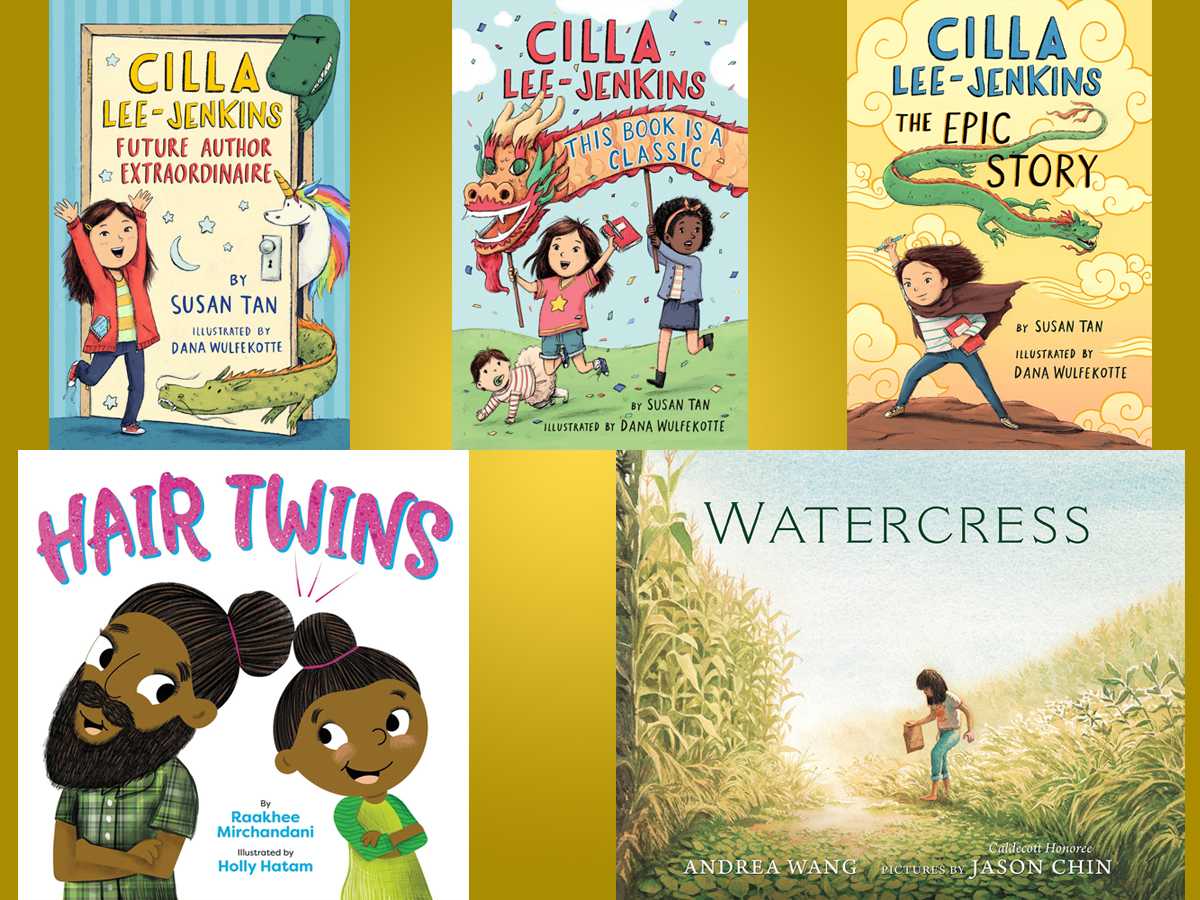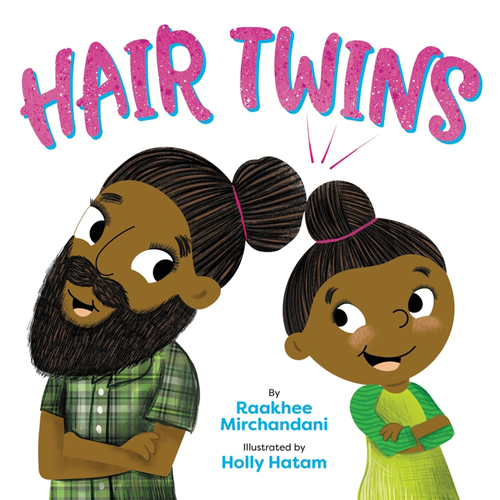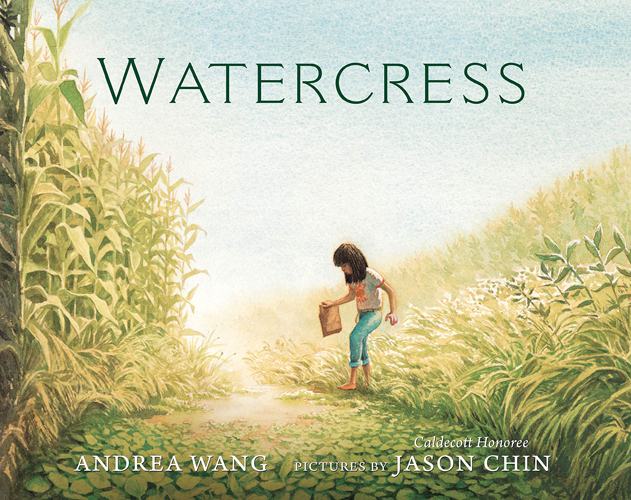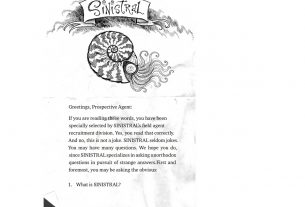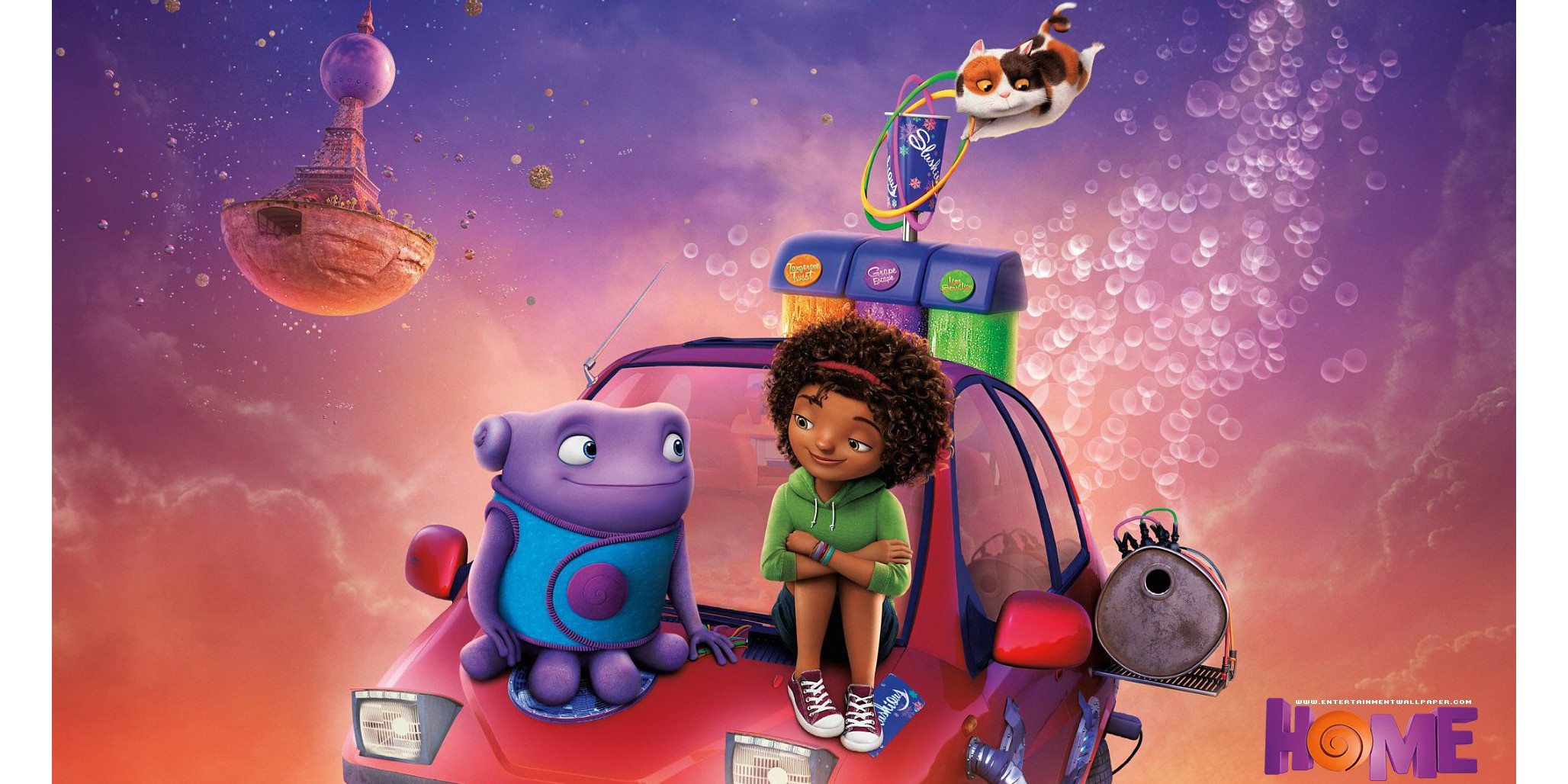I know May is almost over, but even though I didn’t have a post prepped in advance for AAPI Heritage Month, it turns out I did spend a chunk of time this month reading a few books about Asian American kids—one series in particular—so I thought I’d share them today!
Cilla Lee-Jenkins trilogy by Susan Tan, illustrated by Dana Wulfekotte
I mentioned the third book in this trilogy last year, noting that I somehow misplaced the first two books and intended to catch up on the first two when I found them. Well, I did finally find them, but my second-grader read them before I did. She liked them so much that she read the series multiple times, and even made a diorama based on the first book as a class project:
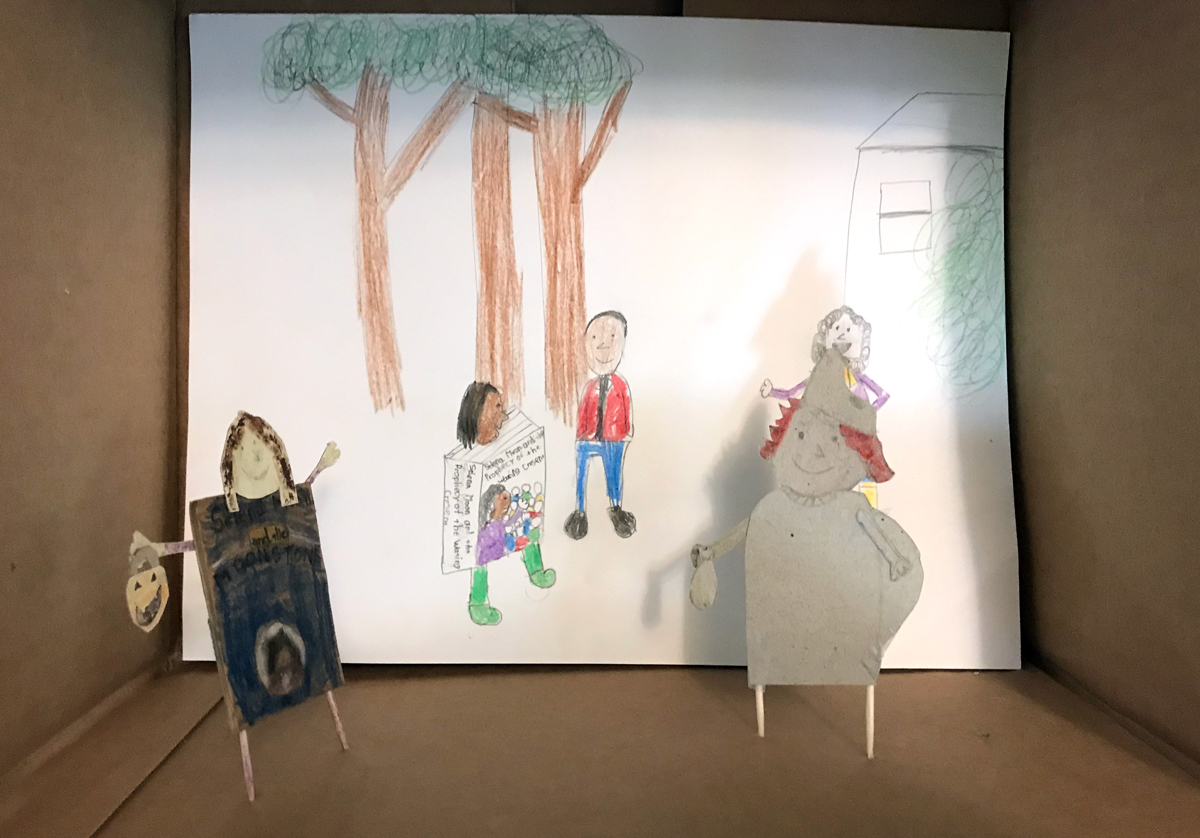
Cilla’s dad is Chinese and her mom is white, and in the first book, she’s in 2nd grade—just like my youngest, who was amazed to see the illustration of the family tree that looked a lot like hers, complete with a Grandpa and Grandma on her mom’s side, and a Ye Ye and Nai Nai on her dad’s side. Cilla is absolutely sure that her destiny is to become a writer. Not just any writer—a best-selling writer, a “future author extraordinaire.” (The book is written from Cilla’s point of view.) But in the meantime, she has a lot of things on her plate, not the least of which is the impending birth of her little sister (known as “The Blob”). She also starts to notice that, although she gets to spend a lot of time with her grandparents, they don’t seem to interact with each other that much.
A lot of the book will seem familiar if you’ve read middle grade fiction: stories about growing up, making friends, figuring out school, even the worries about what will happen when there’s a new baby that everyone wants to pay attention to. Cilla also struggled with reading when she was younger, so there are some flashbacks about reading class. Each of the books also explains—again, from Cilla’s view—various literary devices. The first book is all about Destiny. The second focuses on what makes a story a Classic. The third is all about Epics, so Cilla pictures herself on an epic quest, complete with Struggles, a Trickster, a Wise Guide, and more.
But there are other parts that are very specifically about being Asian or growing up in a mixed-race family: Cilla gets teased about one of her favorite foods and decides she doesn’t like it anymore; she wonders which set of grandparents she is more like; there are moments when she doesn’t feel Chinese enough, or American enough. There are scenes where strangers ask Cilla where she’s from, or what she is—questions that I’m very familiar with myself.
The second book, This Book Is a Classic, takes place a year later, with Cilla in third grade. She’s getting along a bit better with her baby sister Gwendolyn (though she’s trying very hard to figure out Gwen’s destiny to make sure it’s not also “future author extraordinaire”), and she’s very excited about her Aunt Eva’s upcoming wedding, in which she’ll be the flower girl. In this book, Cilla is very focused on traditions and is happy to explain various traditions she knows of from both sides of her family, but she also starts to realize there are apparently lots of things that she doesn’t know, and that makes her worry. One of the other struggles is when her best friend Colleen starts to spend more time with another classmate, and Cilla is scared that she’s being replaced.
The third book, The Epic Story, jumps to Cilla in fifth grade, with a teacher who is trying to prepare her students for middle school by telling them they have to be more serious. Cilla’s fanciful, imaginative stories aren’t appreciated, and she’s constantly second-guessing whether her behavior is going to be okay for middle school. The other major plot point is Ye Ye’s stroke, which makes it hard for him to understand English; Cilla is certain that her epic quest is to teach him English and make everything like it used to be.
Susan Tan drew a lot of inspiration from her own life, and in the last book there’s a bit more about her own family, including photos, and she tells a little bit more about the real people who inspired the characters. Reading the trilogy, I was struck by the fact that many of the things that Cilla was experiencing were the similar to questions that my oldest daughter, now a high-school senior, had been discussing just this year. She’s been working on some assignments for school about personal identity, and described the way that she can feel not Chinese enough with the Chinese side of her family, and not white enough with the white side of her family. I wish she’d had a chance to read this series when she was younger—we’ve been talking about it now, and she’s excited to read them because she sees a reflection of herself in Cilla. For kids who aren’t Chinese-Americans or have multi-racial backgrounds, I’d still recommend this trilogy as a fun middle-grade series that can show them a peek of what it’s like, and to develop empathy.
Hair Twins by Raakhee Mirchandani, illustrated by Holly Hatam
This picture book shows a Sikh American father and daughter, with a story that focuses on the traditions around their hair. Part of this religion includes not cutting your hair, so both the dad and the girl have very long hair. Hers is sometimes braided (in pigtails or one long braid), and sometimes worn in a bun on top like her papa’s, making them hair twins. The book, told from the girl’s point of view, describes the way that her papa takes care of her hair, brushing it and putting coconut oil in it. We also see how he puts his hair up (with her as an assistant), covering his bun with a patka and then a turban. The illustrations are cartoony with lots of imaginative flourishes, and show both of them with their hair in various states as they fix it. It’s a sweet book about a father and daughter (and would pair nicely with Hair Love), and it illustrates a tradition that may be new to many American kids.
Watercress by Andrea Wang, illustrated by Jason Chin
This picture book tells a story about a Chinese-American family in the 1970s, stopping to pick watercress from a muddy ditch by the side of the road. The girl, who narrates the story, doesn’t like anything about the experience—the feel of the mud, the shame of being seen by passersby, the idea of eating this plant they got for free. But her parents’ memories of watercress are bittersweet—it’s not just a dish that reminds them of home, but also recalls a great famine and not having enough to survive. The author’s note explains that it’s based on her own memories of picking watercress and feeling like she didn’t belong, as well as not knowing her family’s history enough to appreciate their story. The watercolor illustrations are evocative, and although the story is short, it’s a powerful glimpse into an immigrant experience.
My Current Stack
That’s all I’ve got for today—I wasn’t able to get more books finished before today’s post, but I have more on my list, including some graphic novels. I’m looking forward to reading Jukebox by Nidhi Chanani, who also wrote Pashmina a few years back.
Disclosure: I received review copies of the books included in this column. Affiliate links to Bookshop.org help support my writing and independent bookstores!
